
View the interactive version of this story on PRI's The World's website.
Last October, a mob of angry miners paraded through the streets of Humaitá, in Brazil’s northwestern Amazonas state. They were headed for the local office of Brazil’s environmental agency, called IBAMA, which polices deforestation in the Amazon. Agents there had recently shut down an illegal mining operation in a nearby forest reserve. This was payback.
In an instant, the field office and six IBAMA trucks went up in flames. The agents escaped unharmed.
This is the second in a four-part series, The Amazon's Carbon Tipping Point.
Day 1: The Amazon used to be a hedge against climate change. Those days may be over.
This was no spontaneous eruption of violence. IBAMA officials say it was started by the town’s mayor and several other local politicians who hosted a barbecue with free alcohol and then encouraged the miners to attack IBAMA. They were arrested but later released.
‘There is no fear of being punished’
IBAMA agent Evandro Carlos Selva says when you’re in the business of stopping illegal deforestation “there is always conflict with the local population.” A mob burned one of Selva’s IBAMA trucks last year near his office in Mato Grosso, and he’s dodged threatening ambushes.
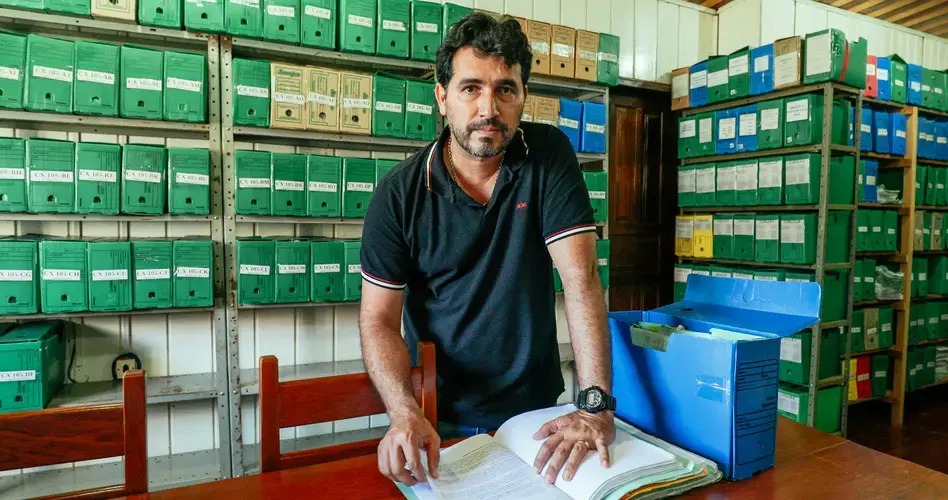
“Working in this region, there is obviously risk,” he says, “but we transfer that fear into caution.”
Mato Grosso is Brazil’s third-largest state. It lies on the southern edge of the Amazon forest, dead center in Brazil’s so-called arc of deforestation, where illegal logging is rampant.
Selva says his office has just four agents to patrol an area the size of Florida. Three of them are set to retire next year, and Selva says they’re unlikely to be replaced after the Brazilian government last year cut the Ministry of the Environment’s budget, which funds IBAMA’s operations, by 43 percent.
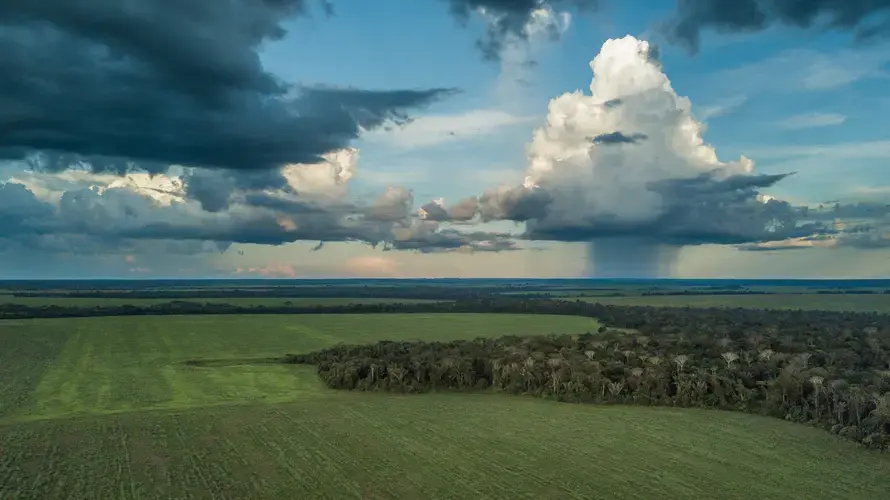
“Truthfully, we are in a collapse situation, compromising even our most routine work,” he says.
The budget cuts have been blamed on Brazil’s economic crisis, but they were pushed by President Michel Temer, who’s an ally of the powerful agribusiness interests in Congress.
These ruralistas, as they’re called, dominate Brazil’s political agenda even as the vast majority of the country’s population lives in cities and towns.
But budget aside, Selva says here in the Amazon region, few comply with deforestation laws, anyway.
“Because there is no fear of being punished,” he says.
The room in the back of Selva’s office offers a window, perhaps, into why. It’s full of shelves stacked floor-to-ceiling with green and blue folder boxes.
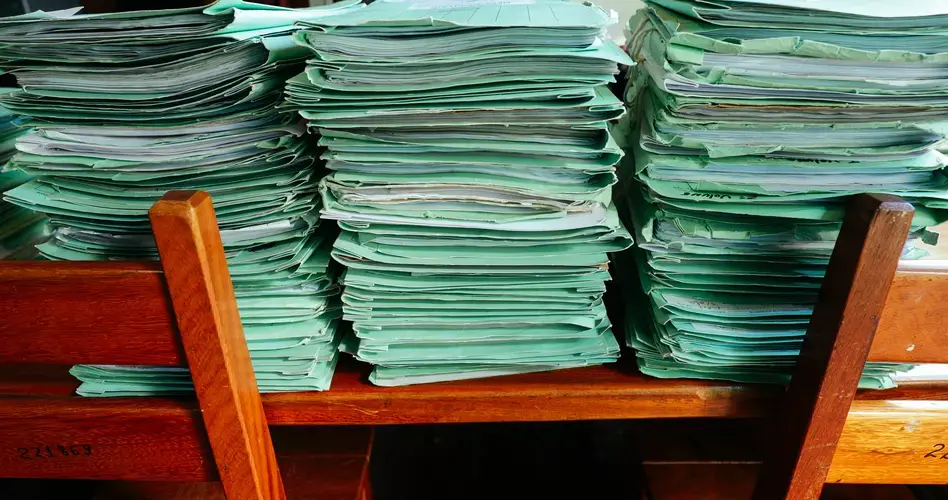
“All of these are fines,” Selva says. “Fines for deforestation, illegal timber mills, transporting illegal timber, invading Indigenous lands.”
He grabbed one and brought it to the desk.
“From the fines we apply, only 10 percent are paid,” he says.
Last March, Brazil’s government forgave more than $2 billion in past fines, granting amnesty to land-grabbers and sending a powerful signal to land-grabbers that they won’t be held accountable for breaking the law.
The signal seems to have been received. Deforestation rates jumped almost 30 percent in 2016, eased up somewhat last year and seem to be rising steeply again this year.
A large truck passes on the road outside.
“Meat,” Selva says, meaning a cattle truck.
He says that’s the easiest way to identify what stage of deforestation an Amazon town is in. Just look at the trucks: logging trucks for the first stage; cattle trucks for the second, once the trees are gone; and finally, soy trucks.
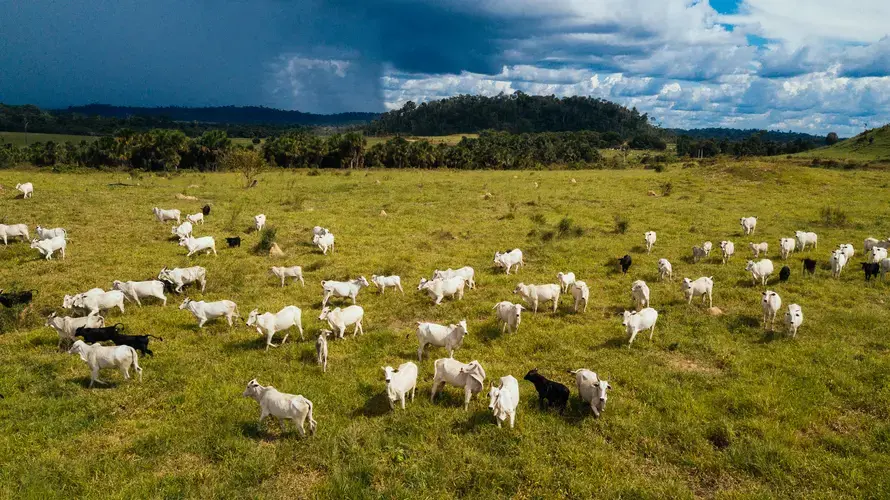
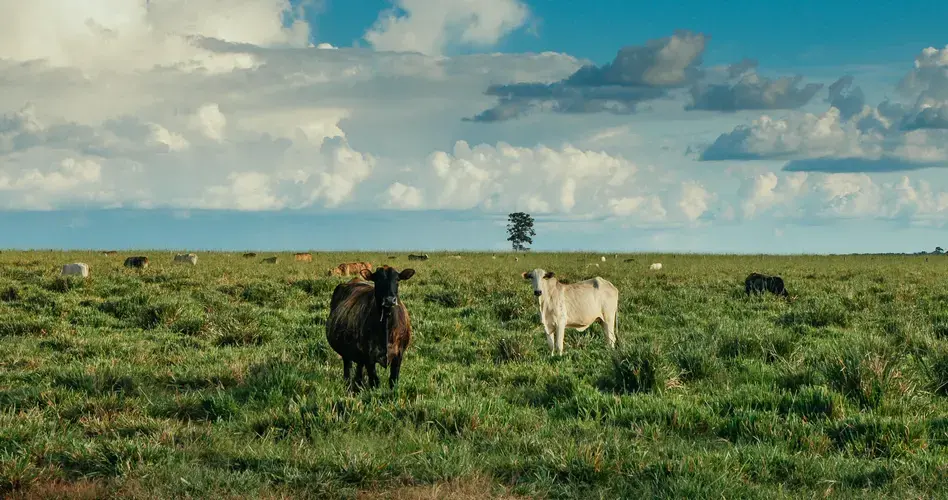

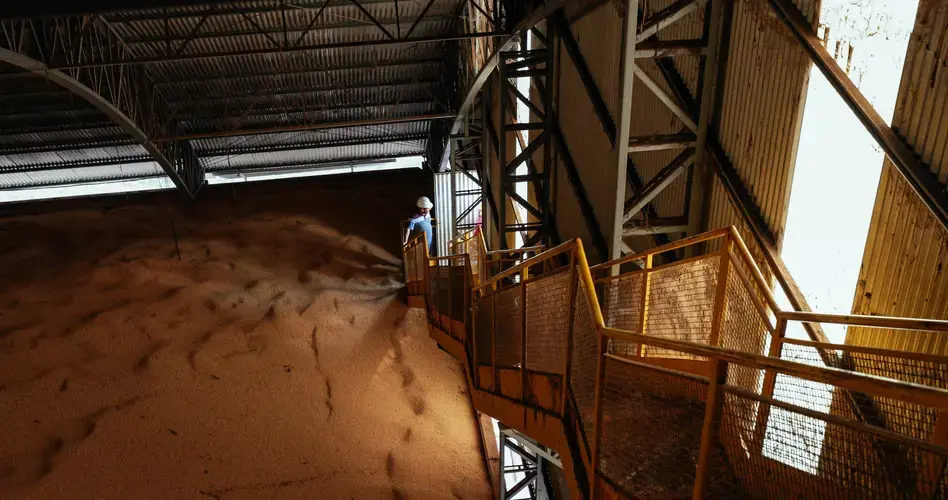
‘It’s the laws that are blocking us’
In northern Mato Grosso’s agricultural boomtown, Sinop, about a thousand grain trucks a day head north on BR-163 to the soybean export warehouses on tributaries to the Amazon river, to feed the booming international demand for soy. Sinop’s brief history includes all the stages of Amazon deforestation: from a logging town in the ’70s to cattle ranches in the ’80s to today’s mechanized soy plantations. These are the places that have brought wealth to some early settlers, like Jaime Farinon.
“We came here to clear the land, to turn this abandoned land into a productive area,” he says, looking out over his 8,000-acre soy farm that was once dense Amazon rainforest.
A giant combine harvester, the same kind used on the mechanized soy farms in the US, drives by. Farinon taps a cigarette and lights up. He came here in the last days of Brazil’s military dictatorship in the 1980s. He says he’s nostalgic for that era.
“We were cheated by the next government when Brazil became a democracy.”
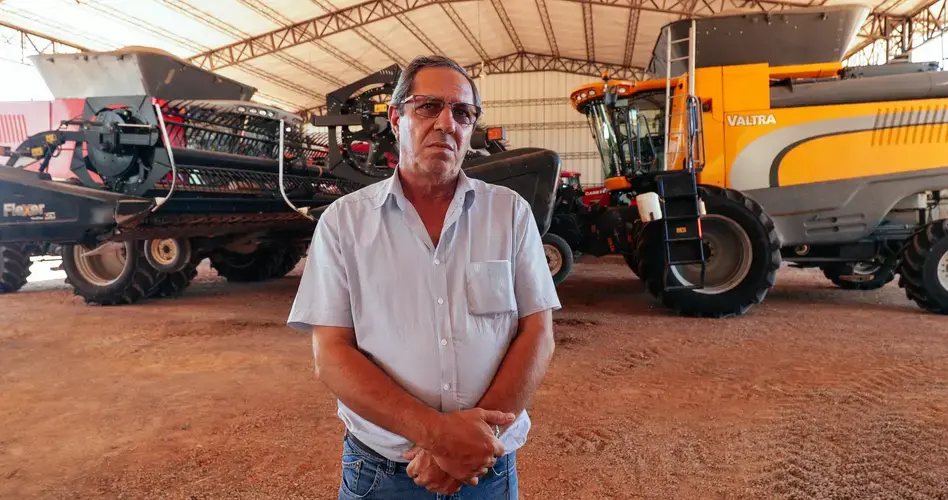
He’s referring to a change in Brazil’s environmental laws. Before, Amazon landowners had to keep the forest standing on half their land, but after the dictatorship that was increased to 80 percent.
“It’s the laws that are blocking us,” Farinon says.
But things are looking up for him and other ruralistas. President Temer and the ruralistas are doing their best to dismantle those laws, pushing legislation to weaken forest protections and revoke the land rights of Brazil’s Indigenous and traditional communities.
And a new ruralista-aligned candidate is a leading contender in next week’s presidential election. Jair Bolsonaro is a tough-talking, right-wing populist who’s often referred to as Brazil’s Donald Trump. And like Trump, he’s promised to pull out of the Paris climate accord if elected. Farinon is a fan.
“Maybe we’ll manage to get a Trump here, too, to align this country,” he says.
It’s a prospect many environmentalists and Indigenous rights defenders say could send deforestation rates in the Amazon soaring again. This, just as scientists are increasingly alarmed that tree cutting and other changes to the Amazon are starting to have global effects. For decades, the vast forest has helped suck up huge amounts of CO2 pollution from the atmosphere. But recently, that process seems to have stopped, maybe even reversed. And that threatens one of the planet’s most powerful buffers against even more dangerous climate change. And that threatens one of the planet’s most powerful buffers against even more dangerous climate change.
Nara Baré, who heads the Coordinator of Indigenous Organizations from the Brazilian Amazon, one of the largest Indigenous organizations in South America, says that the ruralistas’ motives are simple: “To expand agribusiness and to expand large enterprises that are focused on the Amazon.”
Some ruralistas deny that deforestation is a problem in Brazil. They insist that agriculture is not the villain when it comes to climate change.
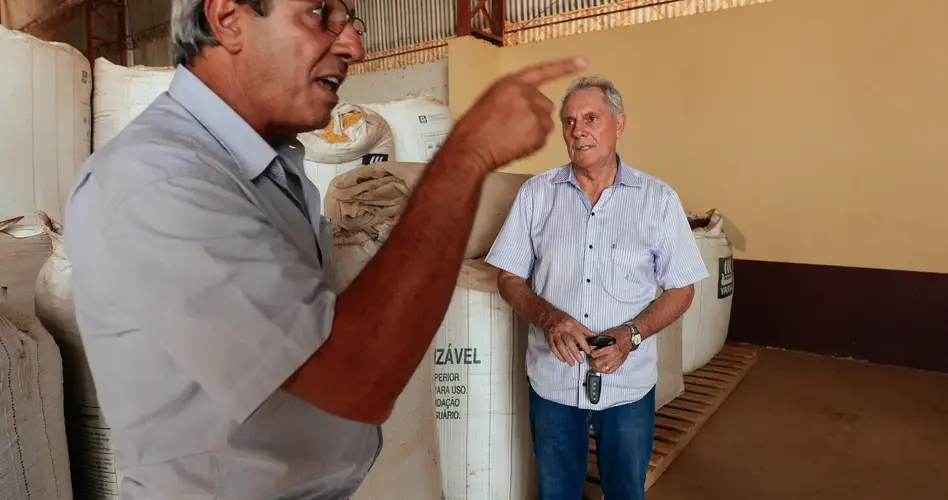
“The environmentalist movement wants to break the development in Brazil,” says Ilson Redivo, the head of the rural farmers union in Sinop and also a soy farmer. “My property needs to be lucrative, so if the world wants me to maintain 80 percent of my property in native forest, the world should help me pay for that.”
Meanwhile, the forest continues to fall. And IBAMA agent Evandro Selva says these days, his job of preventing deforestation is a little like trying to dry a block of ice with a towel.
“You dry it here, and then in a bit, it is melting again. And then you have to do it all over again until the ice is completely gone.”
Or in this case, the forest.

Education Resource
Meet the Journalist: Sam Eaton
Journalist Sam Eaton talks about his reporting trip to the Brazilian Amazon to find out why tropical...







